The middle of August? No way! The year is slipping by too quickly as usual, and there is still so much to be done! Let’s at least keep the summer alive as long as possible with lots of dead-heading, chive-division and judicious propagation of tender plants…….
A short discourse on dead-heading
The harsh fact is that as we approach the middle of August, the light levels are beginning to drop……Noooo! Are we really on the road to winter woollies already? It is our bounden duty to stave off the loss of summer colour for as long as we can.
Plants respond to the lessening light by rushing to set seed. If we can intervene in that process, they’ll keep trying and thus flower for longer.
Think of dead-heading as a form of pruning. It:
- Stops the plants from setting seed quicker
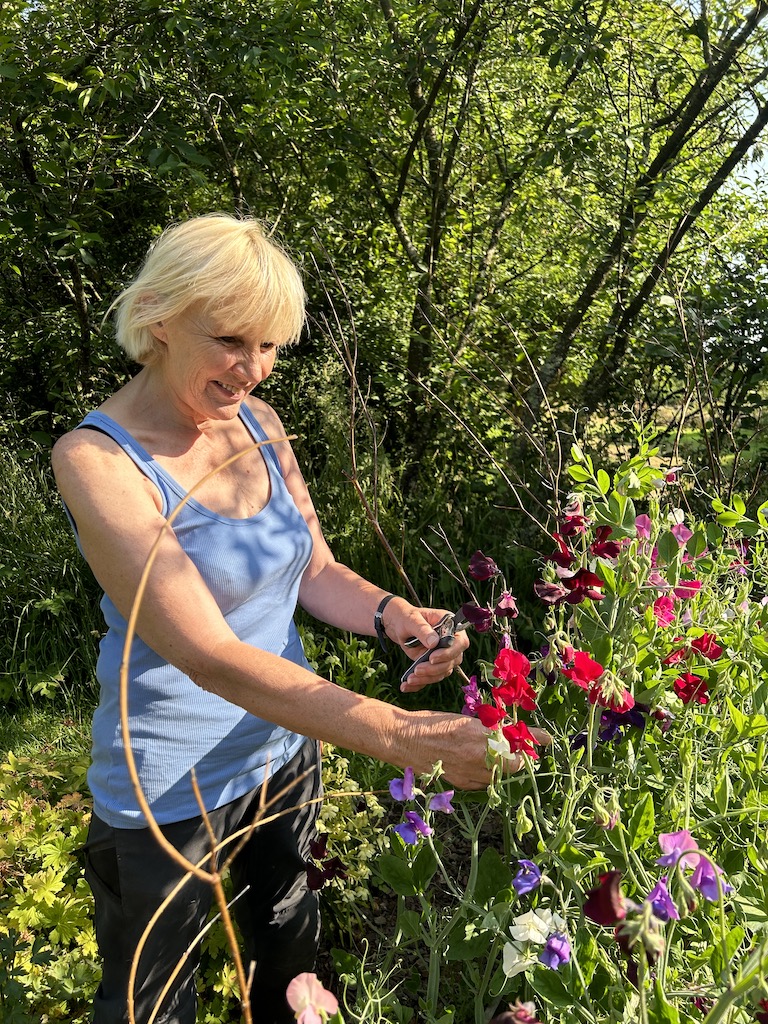
- Tidies the flower-display
- Promotes new growth
- Helps keep a leggy plant compact
- Prolongs colour and beauty right into the autumn
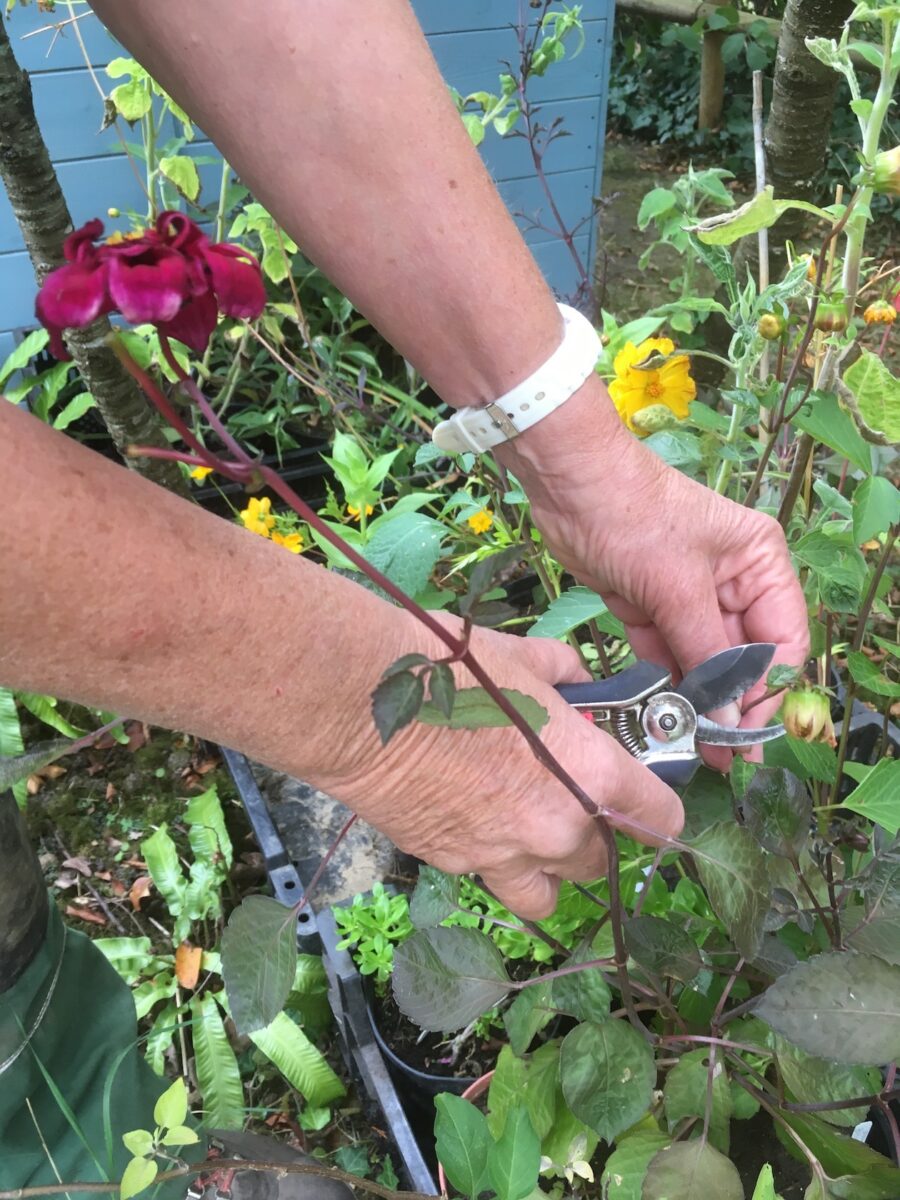
- In plants like bulbs that won’t flower again, it diverts the plant’s energy from seed-production into creating a stronger plant for next year
- Stops rampant self-seeders like fennel from chucking their seedlings into all the places where you don’t want them
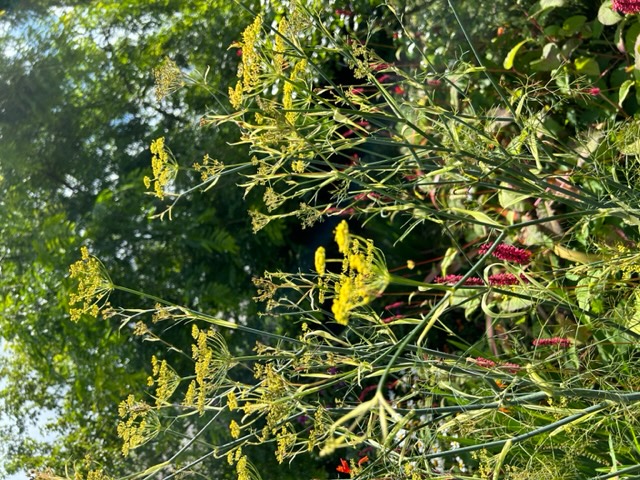
In other words, it’s BONKERS not to do it, no matter how small your patch is!
So how do you go about it?
- Try to avoid the mistake of just taking the dead flowers off woody plants like roses. The plant will look much better and will re-flower more readily if you take the stem back by about a third to a leaf-bud or side-shoots. Do the same for things like sunflowers. Use sharp secateurs for this job.
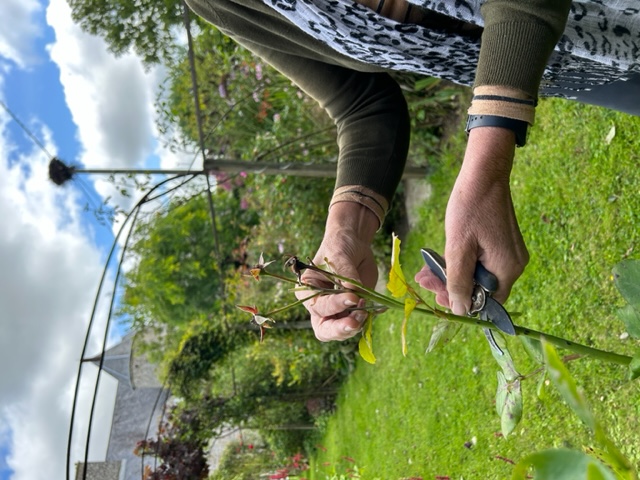
2. Garden snips are great for the almost daily deadheading of bedding plants and other things that have soft growth – this can be easily bruised by secateurs. We have some great garden snips in our shop – perfect for this job.
3. Pinching off dead flowers between your thumb and forefinger is fine for things like daylilies.
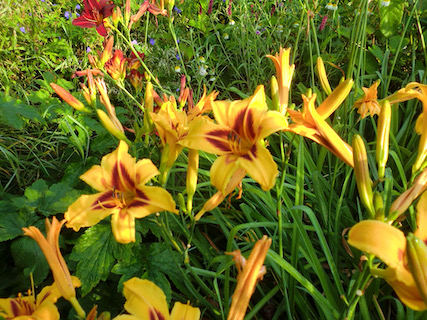
4. Shears are a very handy tool for plants like lavender. Cut off all the faded flower-spikes and about 3 cm of this year’s new growth to keep the crown compact. Don’t cut into old wood as it may not sprout again.
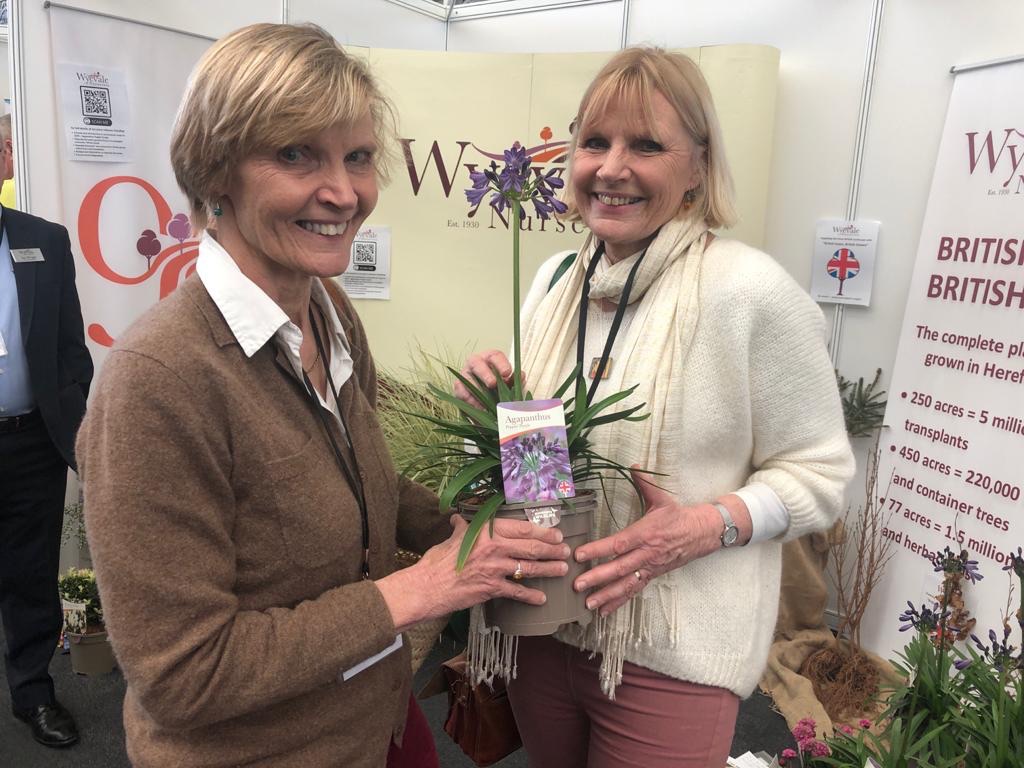
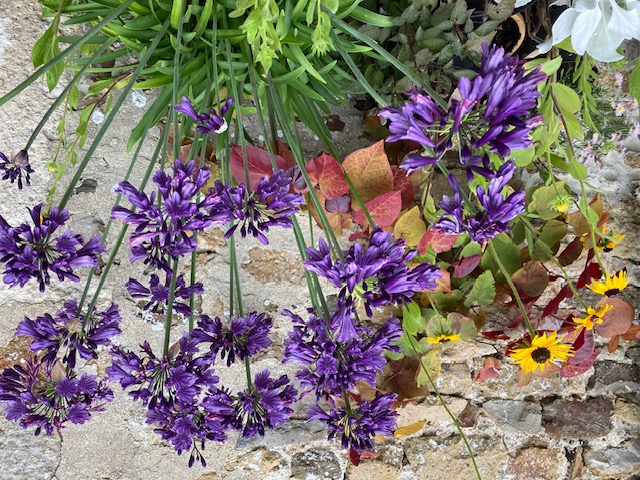
5. With Agapanthus (this year my ‘Poppin’ Purple’ has been pretty perfect!) take the stem of each finished flower right back to the base. Not letting it set seed will help build up energy in the rhizome for next year. Take the heads off spent lilies, but leave the stems on until they’ve become hollow and brown.
There you go – a quick guide to the important art of dead-heading. Just one more thing to add: don’t do any of this shenanigans on any plants or shrubs with seedheads, hips or berries that you are preserving for decorative purposes, consumption, seed-collection or to feed the birds over winter. Might be obvious but I thought I’d say it anyway.
Gardening shorts
- Celebrate National Allotment Week by helping your tomato plants to give the best possible harvest. Keep taking the side shoots off cordon plants, give them regular high potash feeds, remove leaves that are shading the fruits and I always take out the tops of the plants after they have set six trusses of fruit. Any more than that and I know they won’t ripen before the days get too short.
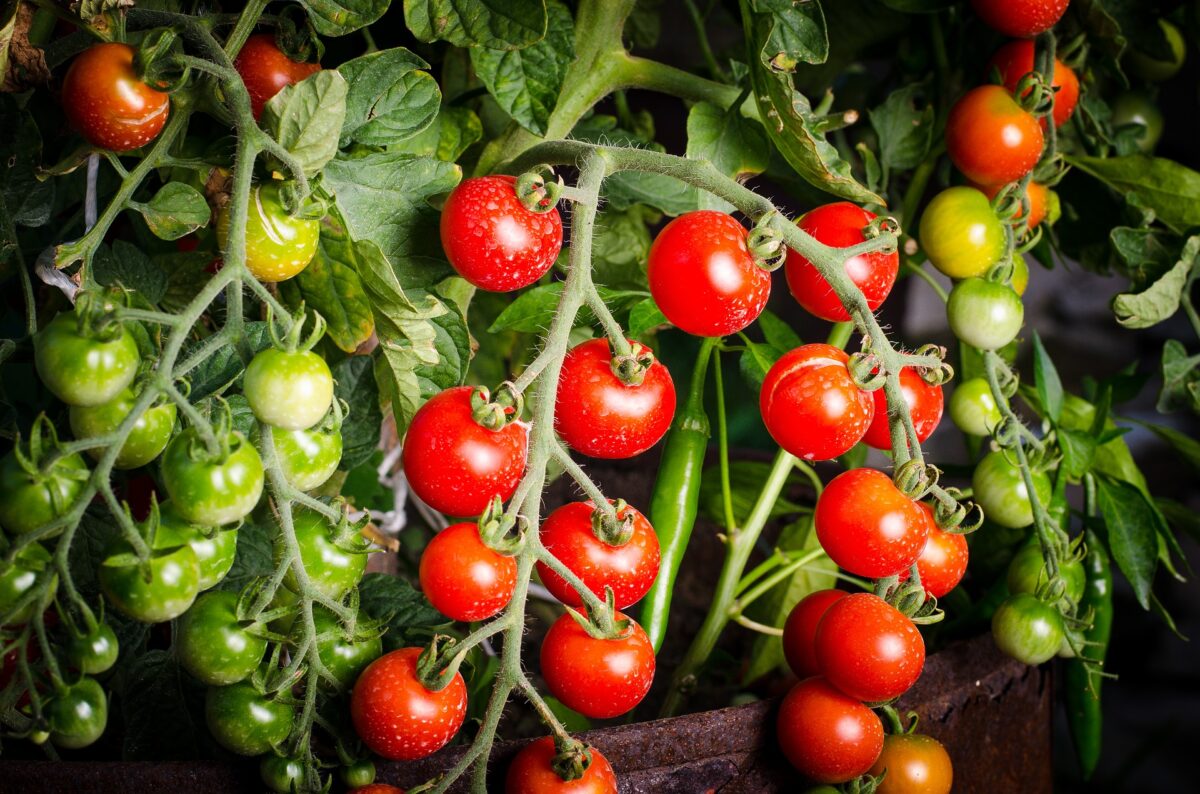
- Still in the allotment. Sow some perpetual spinach for a crop in late autumn, and hopefully one last picking next spring. Now is also a good time to divide chive clumps to increase your stock of plants and maintain their vigour. I made a short video of this job – the link is at the bottom. In the video, I am using one of Burgon & Ball’s fabulous perennial spades – we have got a slightly shorter version in our online shop – I can highly recommend them!
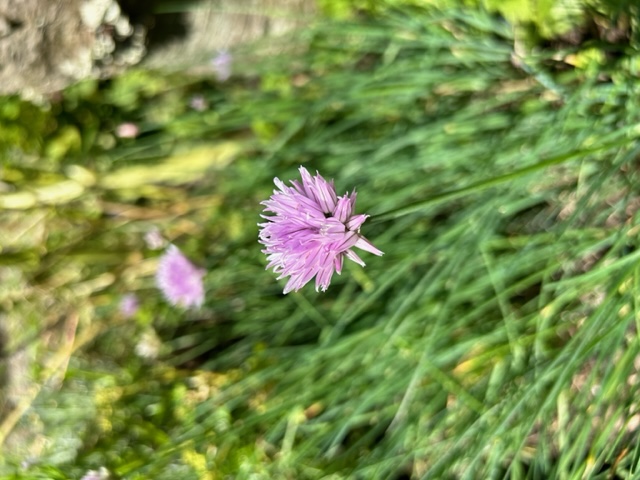
- Start potting up some prepared hyacinth bulbs for fragrance and beauty during the winter and early spring.
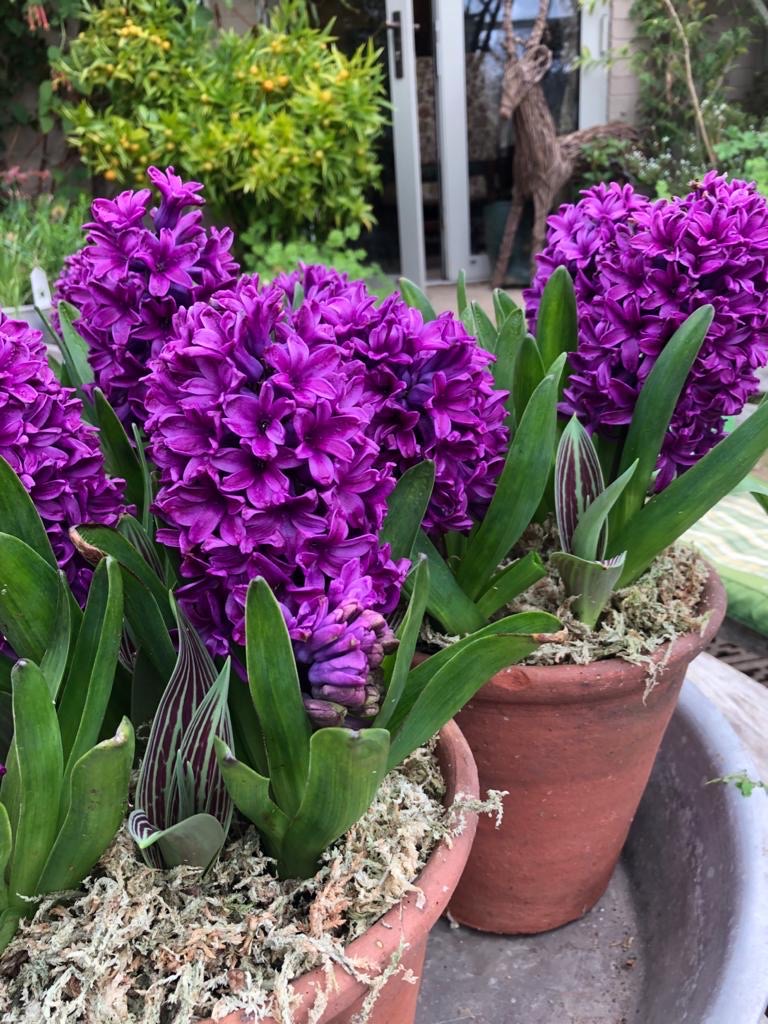
- Take cuttings of penstemons, pelargoniums and fuchsias now – they are pretty reliable if taken in August and should root within a month. Keep them under cover through the winter.
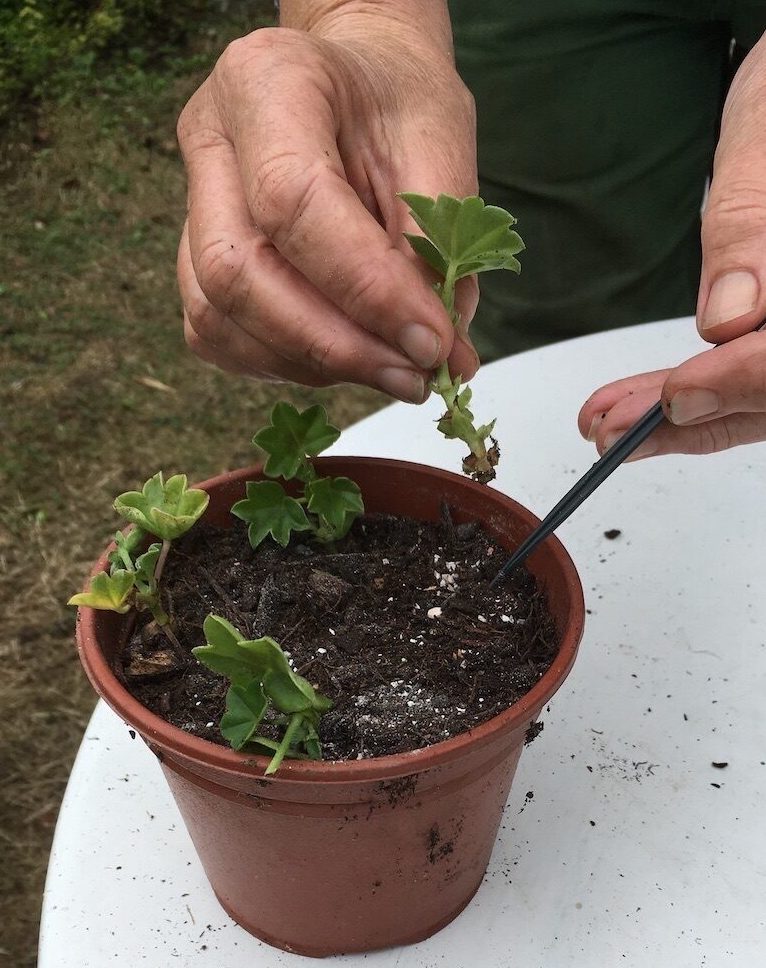
This is the link to the video about dividing chives.
Do check out the garden snips in the shop – sooo handy for dead-heading the bedding, and that short-handled perennial spade will be invaluable to you from now until the start of winter.
More NB If you’re not already a subscriber and you’d like a bit more gardening chitchat from the3growbags, please type your email address here and we’ll send you a new post every Saturday morning.
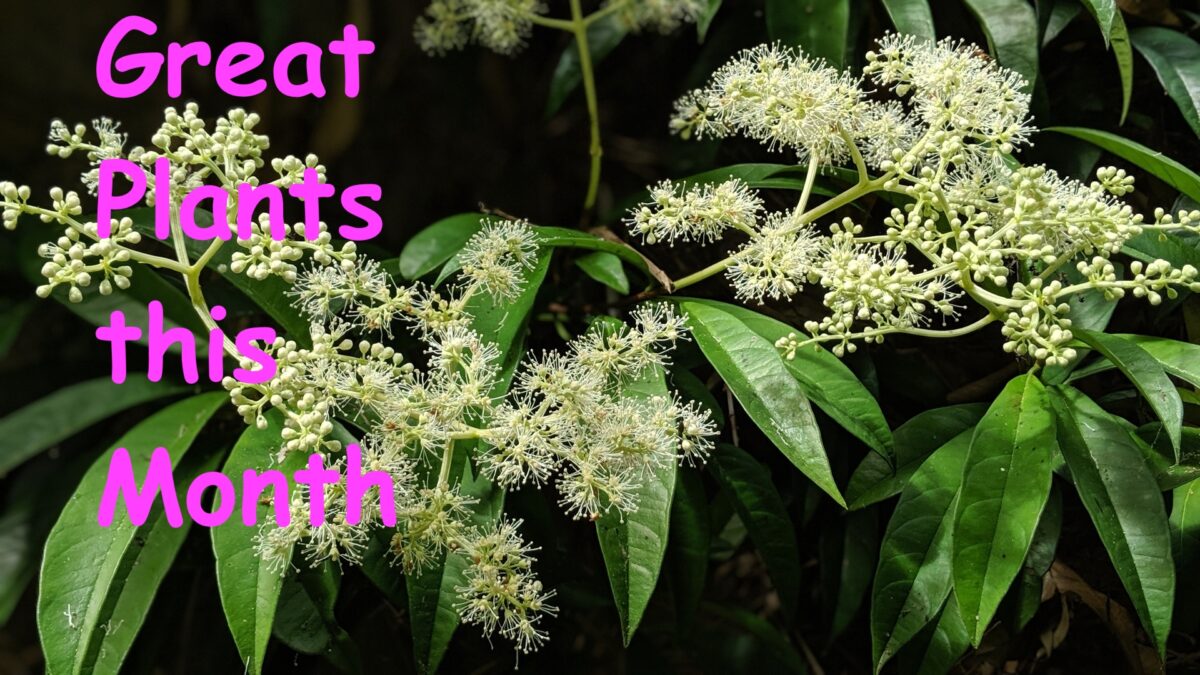
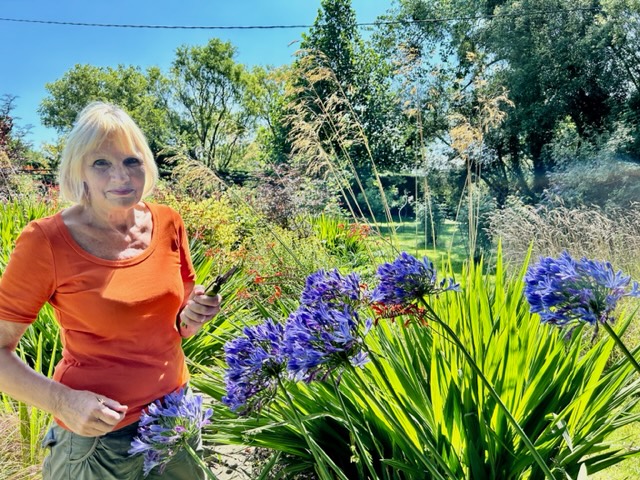
2 replies on “Keep the summer colour glowing – Grow-how tips for August”
Great blog. I learn something new every time. Thank you.
Ah thank you, Briege! Elaine here. We are always so pleased when folk bother to write in and tell us we’re doing a good job. We love doing our blog, but it’s quite a lot of work, and snippets of appreciation make the workload a great deal less onerous. Happy gardening!